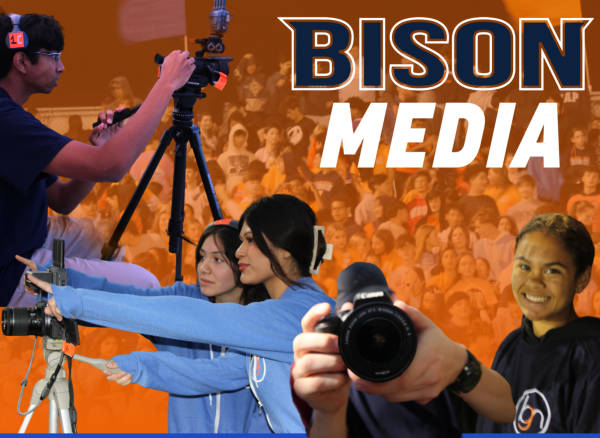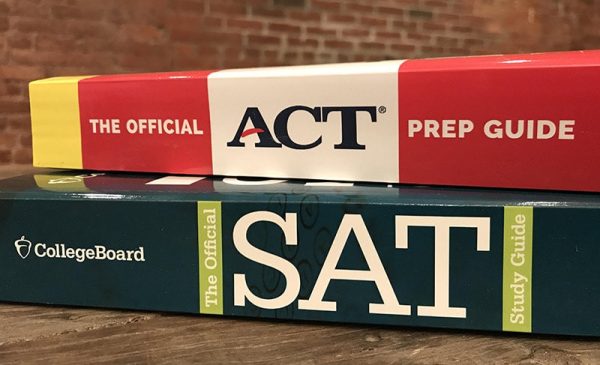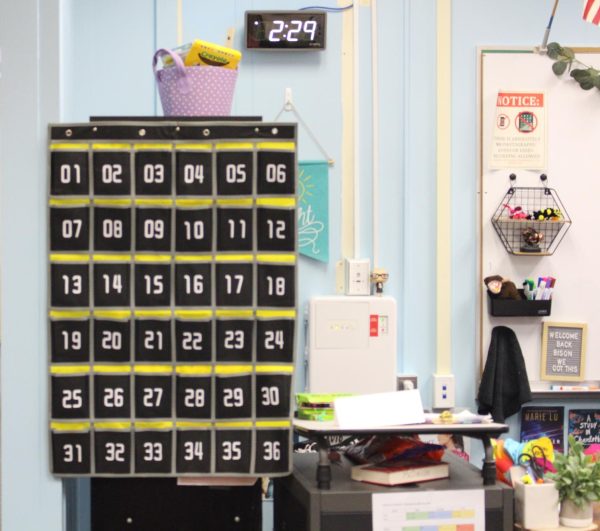United Methodist Church compromises to split denominations over LGBT opinions
Since the legalization of gay marriage in 2015, many have increasingly wondered how to handle the intersection of religion and identity. With marriage in the United States conventionally viewed as a religious act, the newly announced federal law resulted in division among many religious organizations.
However, as religion modernizes and more congregations begin to accept people of all sexual orientations and identities, the opinion on religious LGBT+ inclusion is also shifting. This change in outlook is most notable with the United Methodist Church, the third largest denomination in the US behind The Southern Baptist Convention and the Catholic Church, which is tackling what to do about LGBT+ inclusion.
“It’s good that they’re recognizing that there might not be a problem with allowing LBGT clergy and marriages,” freshman member of the GSA Cory Obrecht said. “I go to a methodist church and they had a conference among the church to talk about it.”
Among many different plans, the most supported and publicized involves the split of the current UMC into two different denominations.
“I’d say it’s fine to have people do whatever they feel they are comfortable with,” senior Frank Adams said. “If the LGBT community wants to practice religion, they should be able to.”
The “Inclusivist” segment of the church believes that the LGBT+ community should be welcomed and able to be married along with permitting the induction of LGBT+ clergy. The traditionalist segment wants to continue to exclude the LGBT+ community. The church will vote on this issue at the UMC General Conference this May 2020.
“Anytime that there’s some kind of recognition in the mass media, that’s generally a good thing,” school psychologist and GSA co-sponsor Kurt Wagner said. “The major issue for a lot of folks who are marginalized is that they aren’t necessarily seen in media and to be represented anywhere other than as victims is usually a good thing.”
For the most part, splitting the church is one of many proposed plans. However, according to an article published on bothell-reporter.com by Samantha Pak titled “United Methodist Church: To split or not to split” many clergy feel as though it is inevitable. Having known of the church’s long-time inquiry into the matter, there are many members who, regardless of their stance, believe a split church will allow more people to become active members of the faith.
“I can see why communities might endure some tension because of the lack of religious acceptance for the LGBT+ community,” Adams said. “It depends on where the community is and how big it is.”
This issue becomes increasingly problematic when considering the location of some churches. Congregations in smaller rural areas may have a hard time reflecting the needs of certain individuals. It would be difficult for a member of the LGBT+ community to practice their faith in a traditionalist church when the closest inclusive church may be in the nearest city.
“There will definitely be problems coming out of this,” Obrecht said. “Even within inclusive churches there will be people who remain traditional, and in traditional churches there will be people who want to include [LGBT], so I think there might be internal conflicts among churches.”
It’s important to mention that the possible schism is not to elicit a certain response from opposing communities. According to the UMC, the split comes from a much purer ideology and mission. It aims to allow people of all sexualities and all identities to practice their faith safely and in a place that makes them feel welcomed and respected, regardless of whether they are a part of/support the LBGT+ community.
“I think it’d be best if we were to shift more towards inclusion, but I recognize that for a place of worship, if someone has a sincere belief, they are welcome to practice that belief,” Wagner said. “It’s an acceptable compromise, but certainly more could be done.”





